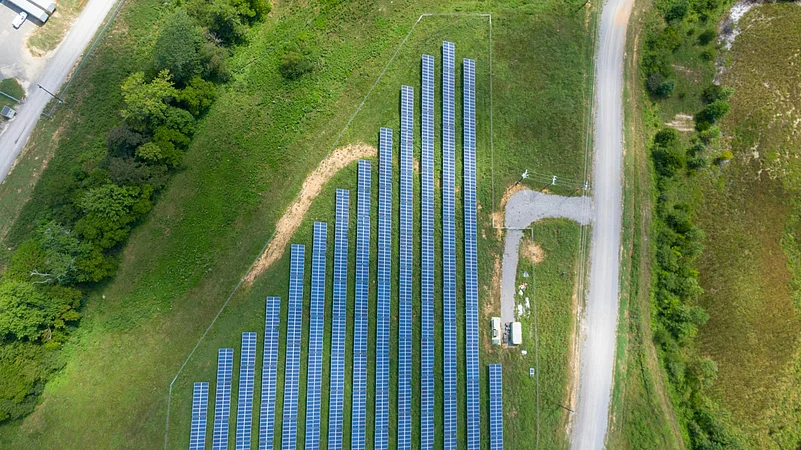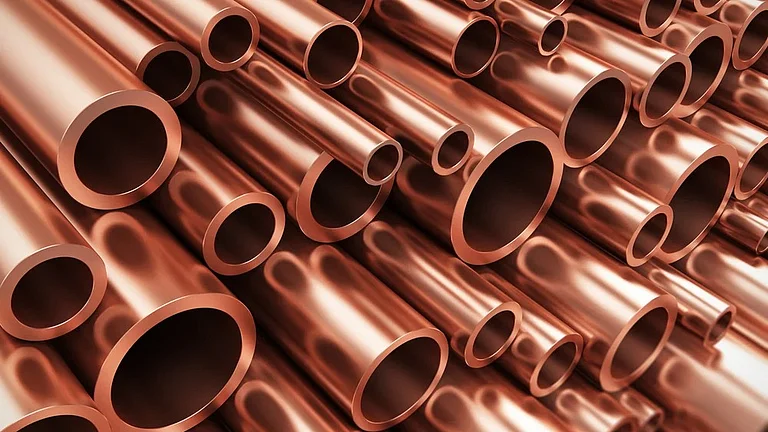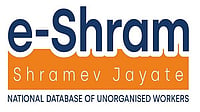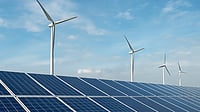Reliance Industries will commence solar power generation in the first half of the next financial year from its mega renewable energy project in Kutch, Gujarat, a site spread over an area nearly three times the size of Singapore.
The project is part of the oil-to-telecom conglomerate's broader push towards clean energy and achieving net-zero carbon emissions by 2035.
In an investor presentation post announcement of its second quarter earnings, Reliance said project development across the 5,50,000-acre site in Kutch is progressing well, with engineering and feasibility studies completed, and the site is currently in various stages of land development.
"Expected to start commissioning solar generation during the first half of the next year for captive requirements plus green fuels production," it said.
Four years ago, Reliance Chairman and Managing Director Mukesh Ambani announced a USD 10 billion investment in a 'new energy' business. That was seen as a notable change of tide, given the conglomerate's mega-scale petroleum refining operation that Ambani spearheaded back in the 1990s.
With that, Reliance began work on a new integrated renewable energy manufacturing hub named after the group's founder - the Dhirubhai Ambani Green Energy Giga Complex.
At the company's annual shareholder meeting this year, Anant Ambani - the chairman's youngest son - gave a glimpse into its scale. A build area four times the size of Tesla's gigafactory, a steel order large enough to build 100 Eiffel Towers and a stretch of cables enough to 'reach the moon and back'.
The gigafactories at Jamnagar - home to the company's refining and petrochemical complex - will produce gears used in generating electricity from sunlight and the battery value chain. Alongside, in Kutch, it is developing one of the world's largest single-site solar projects spanning 5,50,000 acres of arid land - three times the size of Singapore.
Reliance's clean energy plans span solar PV, battery storage, green hydrogen and sustainable aviation fuel.
The firm is on track to set up 20GWp of solar PV manufacturing capacity and 100GWh of battery giga-factory. Reliance has also pledged to produce 3 million tonnes per annum of green hydrogen by 2032, while manufacturing equipment like electrolysers, battery storage and solar panels in-house.
In the investor presentation, the company said it continues to gradually expand its solar photovoltaic giga-factory. "Already commissioned 4 PV module lines, and the first cell line is expected to be commissioned soon," Reliance said, adding that it is on track to achieve its targeted capacity and further expand in a modular fashion.
The PV solar manufacturing chain includes production of polysilicon - high-purity silicon produced from metallurgical grade silicon (sand). This is followed by ingot and wafer creation - polysilicon being melted and cooled to form ingots (either monocrystalline cylinders or multicrystalline blocks). These ingots are then sliced into thin wafers, which form the base of the solar cell.
Then comes the cell manufacturing - silicon wafers are processed through various steps, including doping, cleaning, and coating. Laser scribing is used to pattern the cells, and copper ribbons are applied for electrical connections.
Multiple cells are connected together and laminated between sheets of glass and encapsulant to create a waterproof module, or panel. These modules are then assembled into arrays with racking systems, which are support structures for mounting them on areas receiving sunlight.
With sunlight being available only during daytime, Reliance is also setting up gigafactories for the battery value chain to provide round-the-clock power.
"The work on Battery Energy Storage giga-factory is progressing at a rapid pace," the firm said, adding it has achieved significant construction and engineering progress on-site for 40 GWh manufacturing capacity, and production line equipment is on track for installation on the foundation.






























